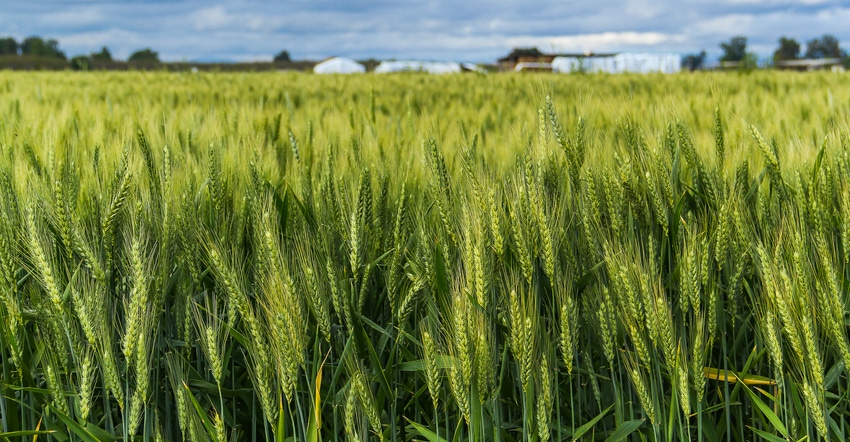
A University of California study blaming fertilized agriculture for almost half of smog-forming emissions in the Central Valley is being called “a terrible exaggeration of what is actually going on” by one Valley agricultural leader.
The report, released Jan. 31 by UC Davis, says up to 41 percent of smog-forming nitrogen oxide emissions come from Central Valley agriculture’s use of fertilizers. Report authors call this a largely overlooked source of air pollution, stating that new policies need to be enacted because of these findings.
Roger Isom, president and CEO of the Fresno-based Western Agricultural Processors Association, criticized the report, saying the study is based on “modeling” and “air borne measurements,” not actual measurements at the soil from fertilizer applications.
The report
Authored by representatives of several UC Davis departments, including the Department of Land, Air and Water Resources, and the John Muir Institute of the Environment, the report calls the nitrous oxide (NOx) emissions from agriculture a “previously unrecognized” source of air pollution in the Central Valley, further stating that these soils are “estimated to contribute 20 percent to 51 percent of the state’s total NOx budget.”
The report blames the heavy use of nitrogen-based fertilizers, admitting that “the effect of large soil NOx emissions on air quality and human health remains unclear,” though they do point to World Health Organization information suggesting a link to NOx pollution and premature deaths worldwide.
“Recent findings have suggested that agriculture is one of the dominant sources of NOx in the United States, particularly in the Midwest region where fertilizer inputs are substantial,” the report reads. “In California, local field measurements have similarly ascribed high NOx emissions to agricultural soil … however, a state-wide assessment, which is needed to drive new policies for NOx pollution, is hitherto lacking.”
Isom believes the California Air Resources Board (CARB) may continue to rely instead on its own research in setting policy. The report recognizes that CARB estimates put NOx emissions from cropland at about 3.8 percent, but goes on to state that CARB data came from farms located within 100 miles of Sacramento “and miss many of the most heavily fertilized areas in the state.”
Isom also points to studies done by UC Berkeley before, during and after actual fertilizer applications that found “insignificant” changes in NOx emissions from flux chamber measurements.
“This report is nothing more than a gross exaggeration of assumptions of the worst case scenario,” Isom says. “If the experts at CARB thought this were a significant source of emissions they would have already done something about it when they funded the research by UC Berkeley on actual measurements.”
About the Author(s)
You May Also Like






